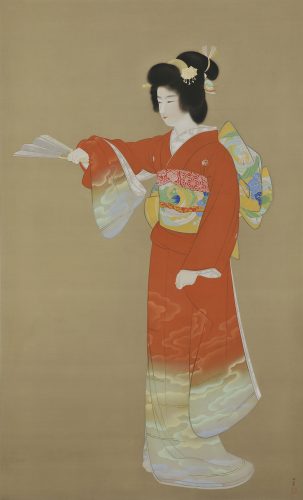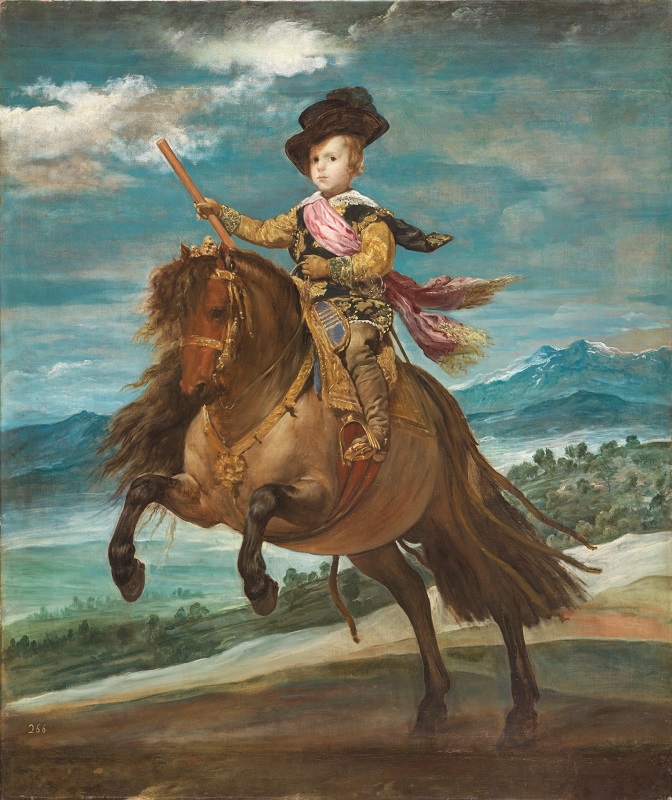Taito Ward Sumida Park
On Saturday, April 21, 2018 (Saturday), this day when it became sweaty and cheerful, at the Sumida Park in Taito Ward “The 36th Asakusa Yabusame” was held.
The appearance that Archer shoots a target while riding a horse is brave. We interviewed the venue filled with its brilliant technology, so I will show how that situation is.
Kusajishi
Prior to Yuuma horse, “Kusajishi” was performed at the venue. The Kusajishi is aimed at shooting, that is, shooting a bow from the ground, not on a horse. Its origin is said that when Yoritomo held a hunt, families often shoot deer and other prey, it began as a practice of shooting.
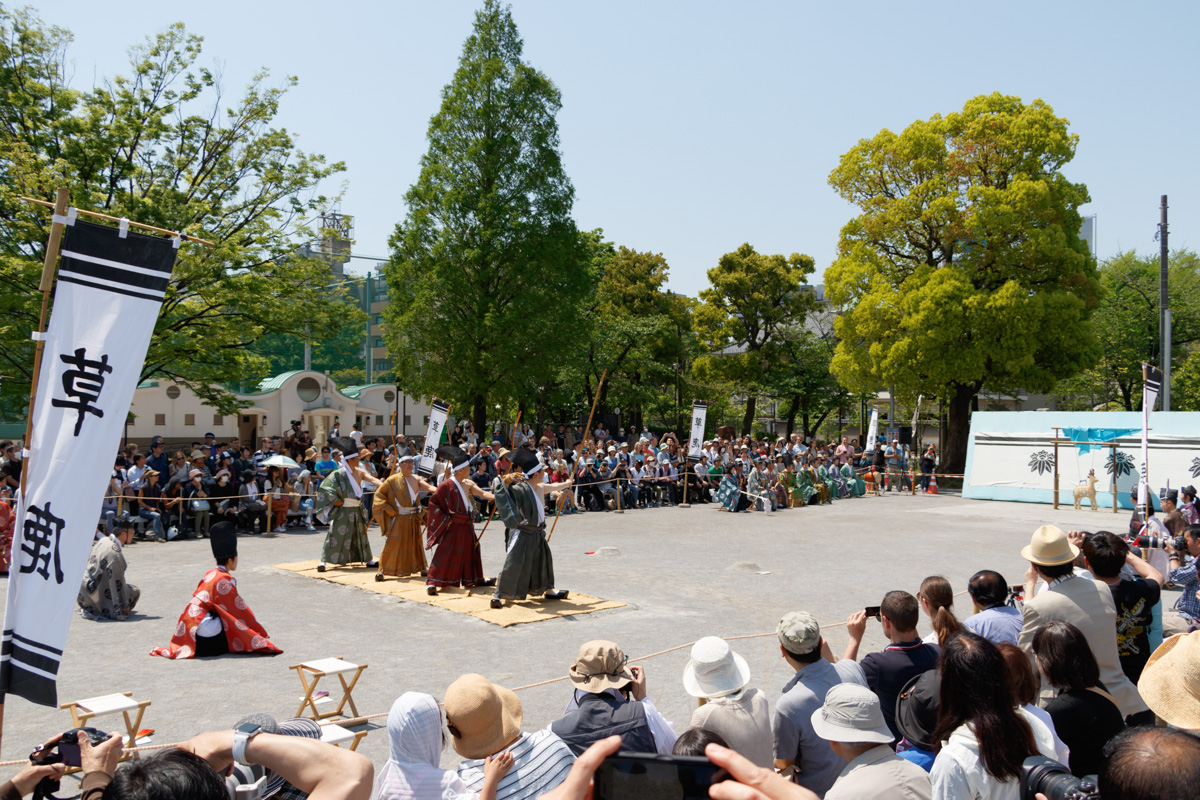

The Kusajishi is in the form of a deer, the shooter aims at the white spots drawn on the deer with arrows, and competes for win / loss. However, hitting just is not a hit. Magistrate as a referee will comprehensively judge the appearance of arrows, the way the arrows fly, the place where the sharp arrow fell, and so on. Therefore, if there is an error in the work such as how to carry the feet, it will be off even if you are in the middle. In the old book is written down as “shooting” and is a Kusajishi that was done in a competitive sense, but its work is strictly stipulated. In the Kusajishi held this time, commentaries were made at key points so that visitors can be familiar with them according to the prescribed work.
As occasionally a strong wind blows, when the shooter makes a fine impression, the cheers cheered from the venue. In fact, words are exchanged between the archer and the magistrate. This is because the magistrate asked the shooter, “Do you think that the current arrow was a good arrow”? Or, the shooter tells the judgment of the magistrate, it is done in an old wording such as “I think with ~” I will. Some shooters say that they should have been a wonderful arrow like a sky tree, and the venue was laughed with laughter.


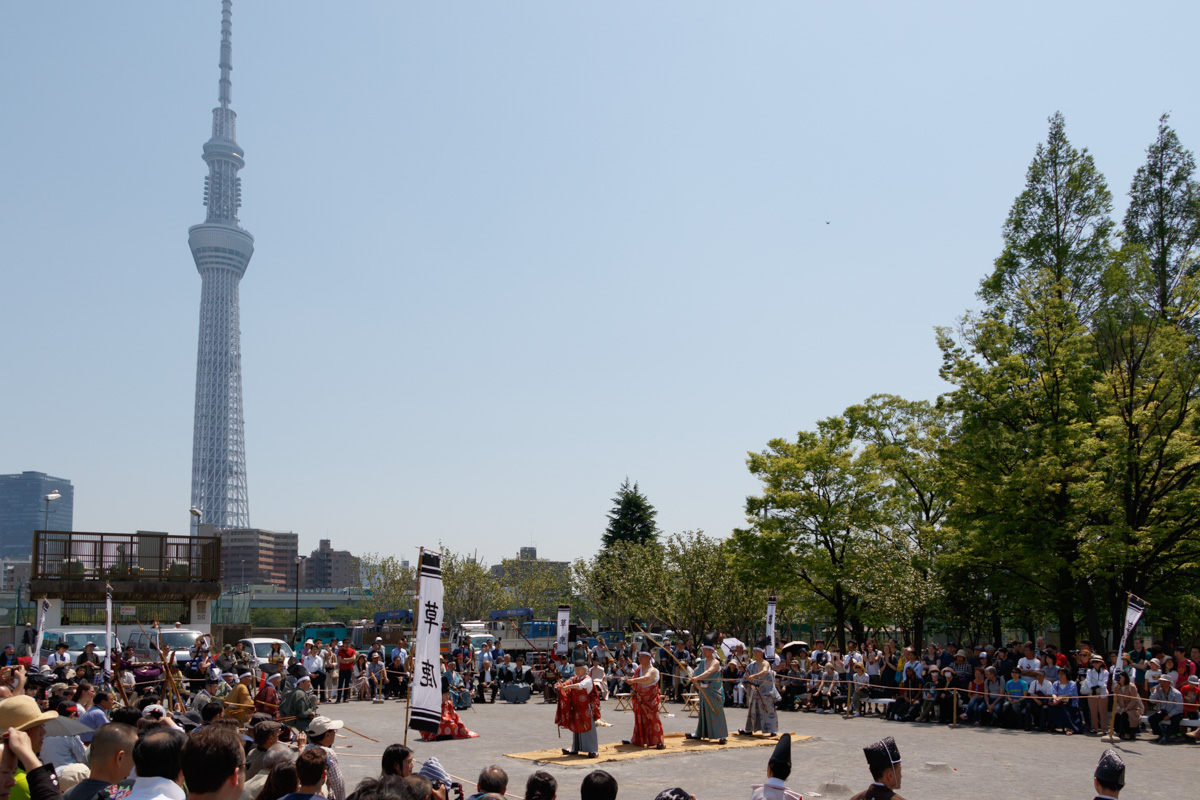
Horseback archery
Flower horse was performed at the venue next door when the Kusajishi was over. In Fushima, you will shoot three parts from the top of the horses. It is surprising to see the venue, the narrow width of Baba. Horses will sedge sand with a width of about 2 meters and a length of about 300 meters.
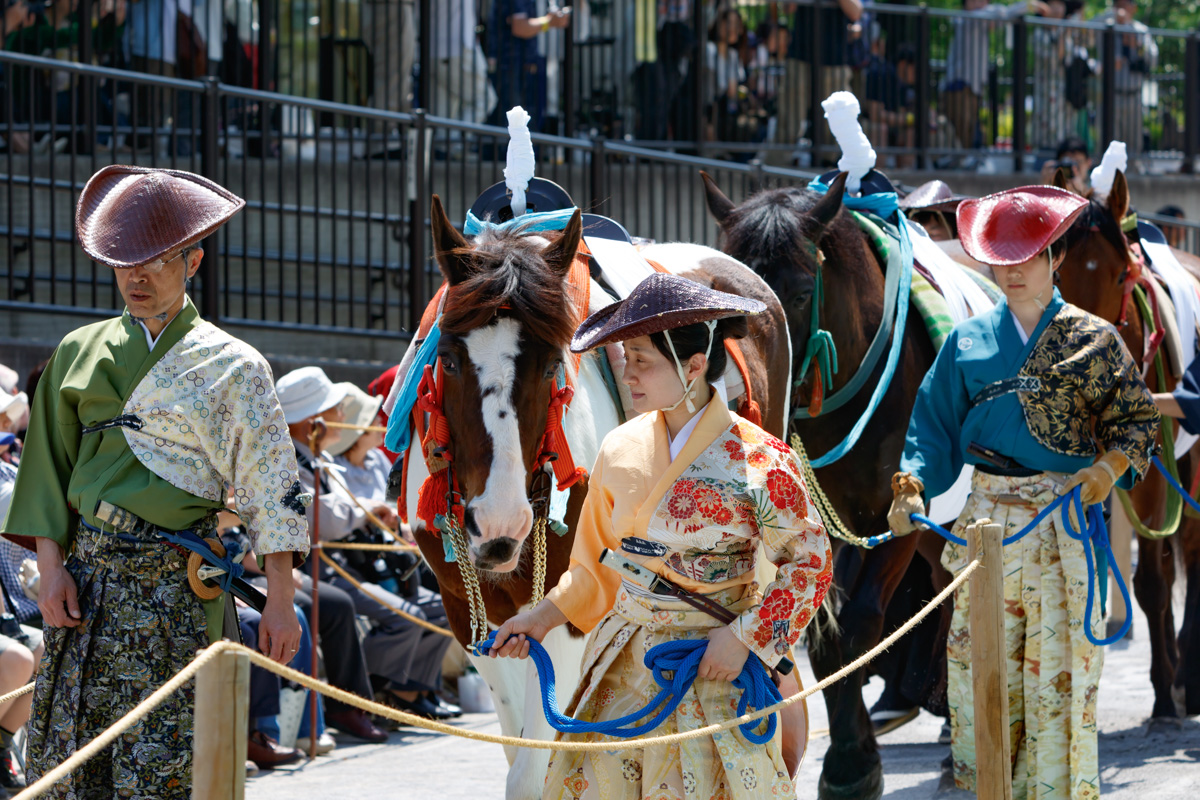

The horse horse begins after the horse is a matrix and walks along Baba. When the magistrate who stands at Baba book (starting point) and the end of Baba (end point) signals big Baba by swinging a big fan, the horse runs out and the shooter rushes out with the first, second, To go. He is a plate of 54 centimeters square. Paper is set behind that, confetti snow flying at once when it is shot. A great cheer came out of the audience as the gods shot through.

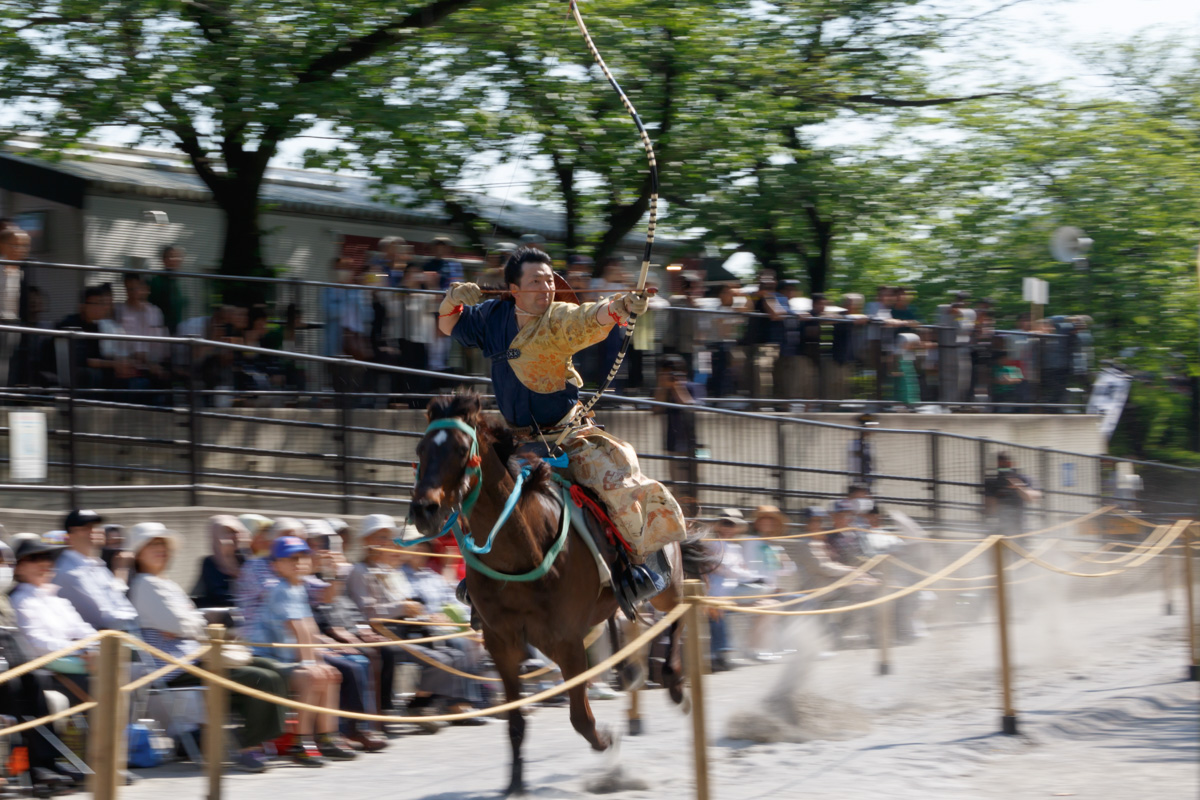
Some horses were able to run at a tremendous speed, and there were scenes where the shooter got shot by too much speed. It seems that young horses sometimes get out of speed too much. However, it is not necessarily easy to shoot on a slow horse, and the late running horse shakes up and down, so the shooter was explained in the plaza that it is necessary to train the trunk.
Asakusa Ryoma horse is performed in Ogasawara style under the guidance of Ogasawara Muneya. Ogasawara style is a style beginning with Nagasute Ogasawara who served Yoritomo. The Ogasawara family served as a teacher of generals at the end of the Tokugawa period, and today they communicate relet, archery and archery art. The Ogasawara family tells the rewarding and manners to train the archer’s trunk and improve archery.
Inherit the tradition, send out to the world
In Asakusa Shrine in the Edo period, it is a ridiculous horse race held as a priestess, but Asakusa Ryoma horse, which has reached 36th this time, is held as a sightseeing event, and the thought of restoring traditional events and inheriting it is put in it . Mr. Kiyotada Ogasawara, a 31-year-old samurai who told us a story at the venue, said, “I am very pleased with this opportunity because I can pass on to the next generation while preserving the old traditions.”
Also, many foreigners were present at the venue, and commentaries were also made in English on the premises. In addition, since this year marks the 160th anniversary of friendship between Japan and France, the French Embassy in Tokyo served as General Magistrate, traditional but international aspects were also seen.
It has been 150 years since Edo changed from Meiji. In Taito Ward this year we will position this year as the “Edo Renaissance first year” and we plan to develop business to succeed Edo’s charm and develop into the future. Why do not you visit history and traditional culture by all means?
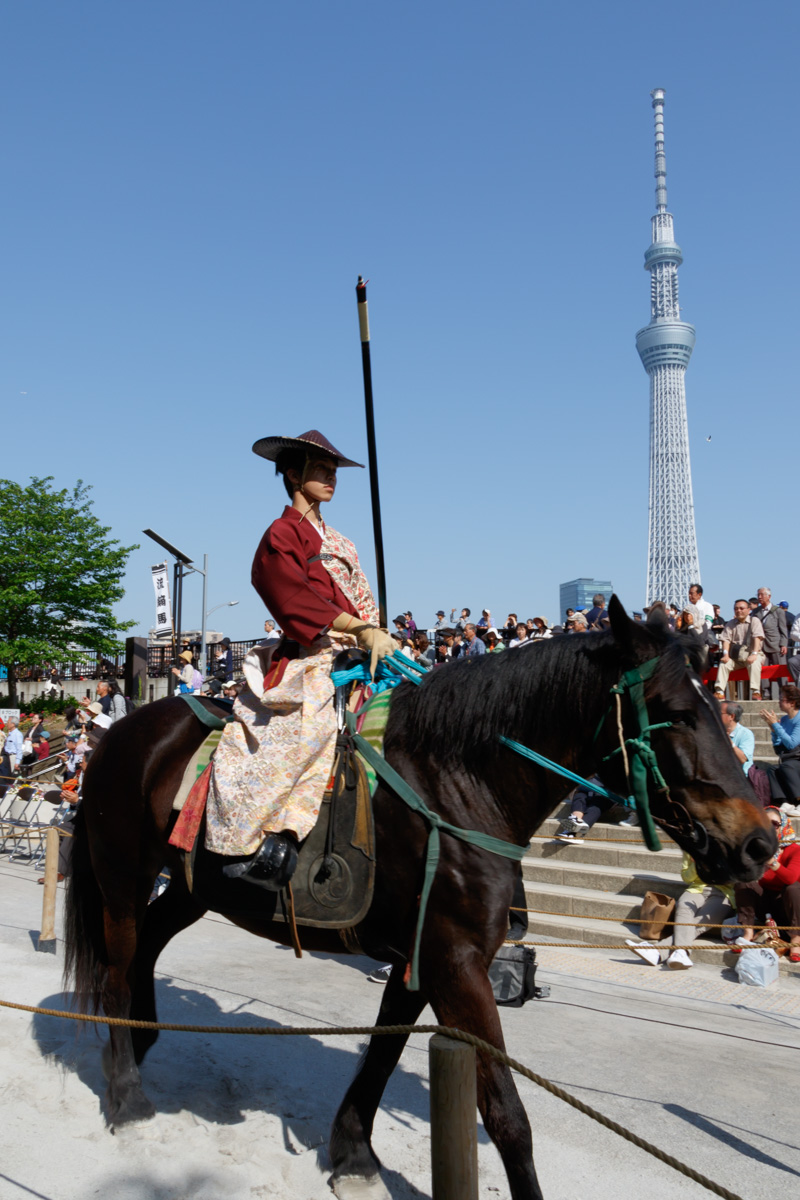
Summary
| Schedule | April 21 (Sat) on Heisei 30 Kusajishi 11: 45 – Yabusame 13: 00 – |
|---|---|
| place | Kusaka at Taito Ward Sumida Park Sayano Hori Square Fumiga is near the Language Bridge at Taito-ku Sumida Park special venue |
| Advance tickets | Advance tickets: 1 seat 3,000 yen ※ free viewing of the Kusajishi is free |



